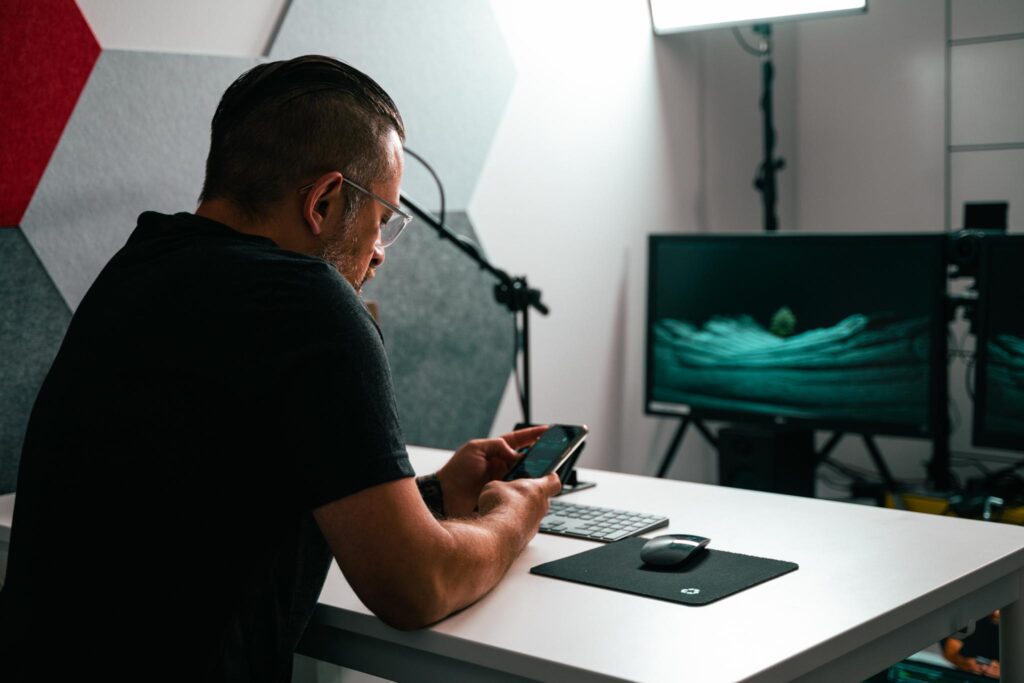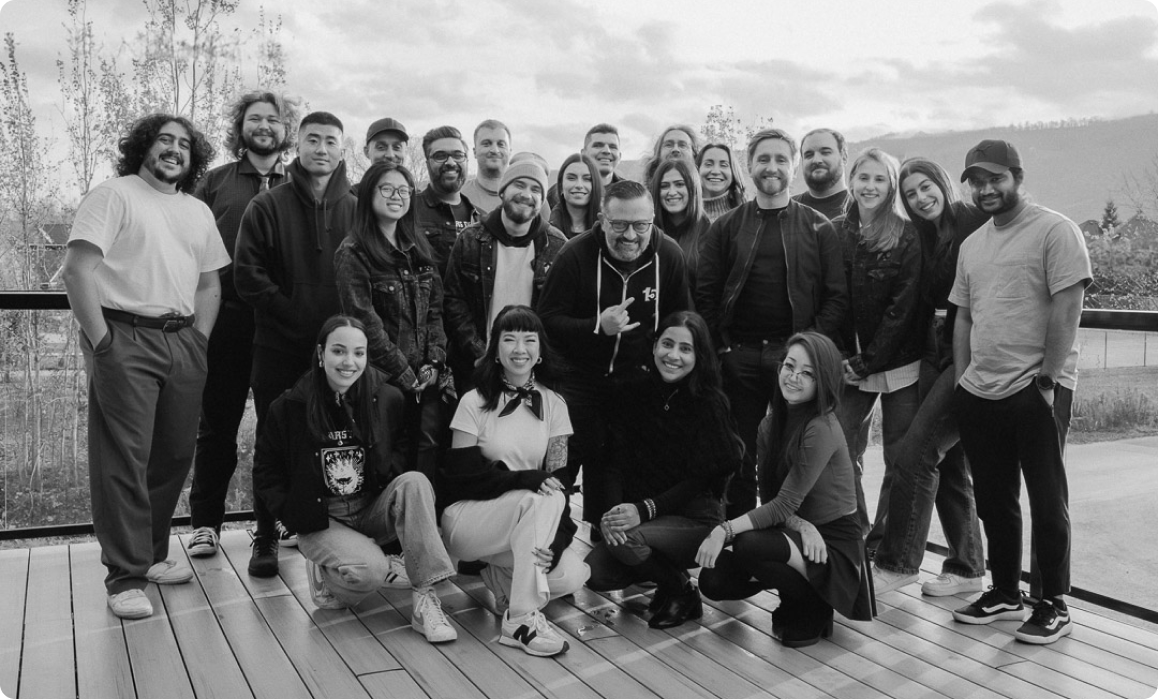Sep. 16, 2021

3 Keys to Hosting a Productive Virtual Meeting
Around 78% of people feel that their meeting schedule is “always or sometimes” out of control, leaving them scrambling to attend all the meetings they need to go to and still take care of their regular work tasks. Unfortunately, as a result of the shift to virtual work, many people are attending more meetings than ever: on average, the number of meetings employees must attend over the course of a week has gone up 10%.
One of the biggest challenges people face when dealing with meetings? A lack of productivity, poor planning, and a lack of respect for team members’ time.
Are you looking for ways to host more productive virtual meetings, make the most of your time together, and have meetings that people actually want to attend? These key elements can help set you up for success.
1. Always be on time.
The people attending your meeting have set aside their time to be present and participate. They may have other things they need to take care of after the meeting, many of which they may have to put on hold in order to attend the meeting. Often, they have other things going on around them that can quickly demand their attention–but they’re choosing to be present in the meeting. The least you can do is be punctual.
Punctuality shows your respect for your audience and their time. It acknowledges that you appreciate their presence and that you’re going to work with them, rather than against them, throughout the meeting. Late arrival can also change the tone of your meeting in the blink of an eye. Quickly, your attendees may start to feel negatively toward you and the meeting as a whole, which may make you less likely to reach a resolution or take care of the tasks on the agenda. And speaking of agendas…
2. Always have an agenda for the meeting.
An agenda establishes the purpose of the meeting and what you hope to accomplish during it. Having an agenda shows guests from the moment they log in (or even before, if you send it out early!) that you have a clear plan in place and intend to use the time productively.
Your agenda serves several key purposes.
It shows that you have a purpose in mind for the meeting.
You aren’t meeting just to meet. (Spoiler: many people do not want to attend a meeting just for the sake of “checking in” or saying that you’ve had one, especially if the information shared is something that could, for example, have been handled in an email instead.) Your agenda shows that you have a clear purpose and, generally speaking, several points that need to be made and shared throughout the meeting.
It helps keep you on track.
There are specific things that you want to cover in your meeting. You may have issues you need to read, problems you need to troubleshoot, or concerns you need to address. You may need to invite input from other members or work collaboratively to come up with a solution to a problem. Unfortunately, it doesn’t take much effort for your meeting to get derailed. Before you know it, you may be discussing the latest challenges of working from home, admiring a coworker’s pet who has flitted across your shared screens, or talking about future plans. Not only can this drag your meeting out unnecessarily, but it can also cause you to forget the initial reason for the meeting–and you may end up calling yet another meeting to deal with the remaining issues. A clear agenda, on the other hand, can help keep you on track.
It lets your attendees know what to expect.
When people attend a meeting at work, they want to know what it’s about. Is their participation really necessary? Is this a meeting that will demand all of their attention–which can be particularly difficult for employees working from home while surrounded by family, pets, and distractions–or is it one that they can handle in a common area of the home while dealing with other challenges that may arise? A clear agenda can give attendees a better idea of what to expect throughout the meeting, including how long they can expect it to last.
3. Encourage audience participation.
No one wants to hear only you talk for an hour straight. While presentations certainly have their place, most of the time, meetings should be interactive in order to achieve maximum effect. Get guests involved in the discussion. Pay attention to what each person has to say. Invite interaction between attendees. If you’re struggling to get input, try some of these strategies.
Address a guest directly.
Instead of issuing a general question and waiting to see if someone answers, address someone specifically. “Hey, Jane, what about you? How is your progress on Project X coming?” will invite a much more direct answer than simply asking, “How is everyone doing with Project X?” and waiting for each person to decide that they’re ready to talk.
Prepare others for participation ahead of time.
Invite other people to share information in the meeting: a presentation from a specific employee, for example. Over time, this can create an attitude of collaboration that will encourage additional conversation.
Open breakout rooms or sessions when needed.
Keep the meeting limited to the people who actually need to be there, and open up breakout rooms or smaller sessions for more in-depth collaboration. Not only can this help reduce or even eliminate unnecessary meetings for some of your employees, but it may also make it easier for your employees to step up and communicate.
Productive meetings are more critical than ever. Many people are feeling more demands on their time–and the last thing they want is to feel glued to their computers for what seems like an endless virtual meeting. By keeping these three key elements of a productive virtual meeting in mind, however, you’ll find that you’re in a better position to encourage audience participation and interaction and make your meetings more effective. Need to learn more? Contact us today to learn more about how we can help.
Book with us
Let’s accomplish what you are looking for, our team of experts are here for you.
Let's work togetherWarning: Working with our team may result in excessive creativity, uncontrollable 'aha' moments, and an addiction to perfect pixels. Please proceed with caution.



